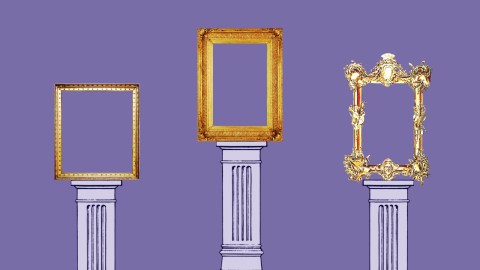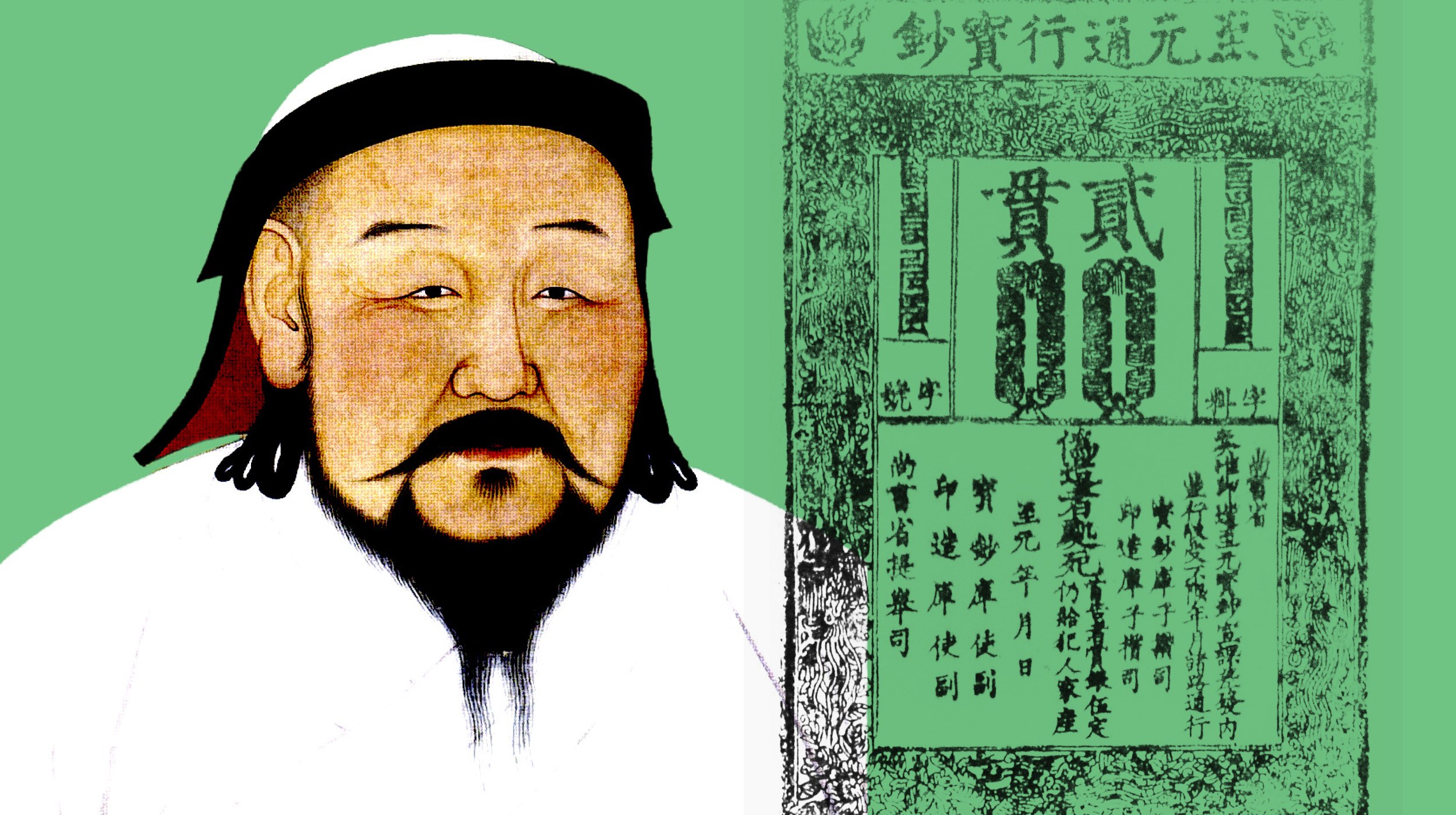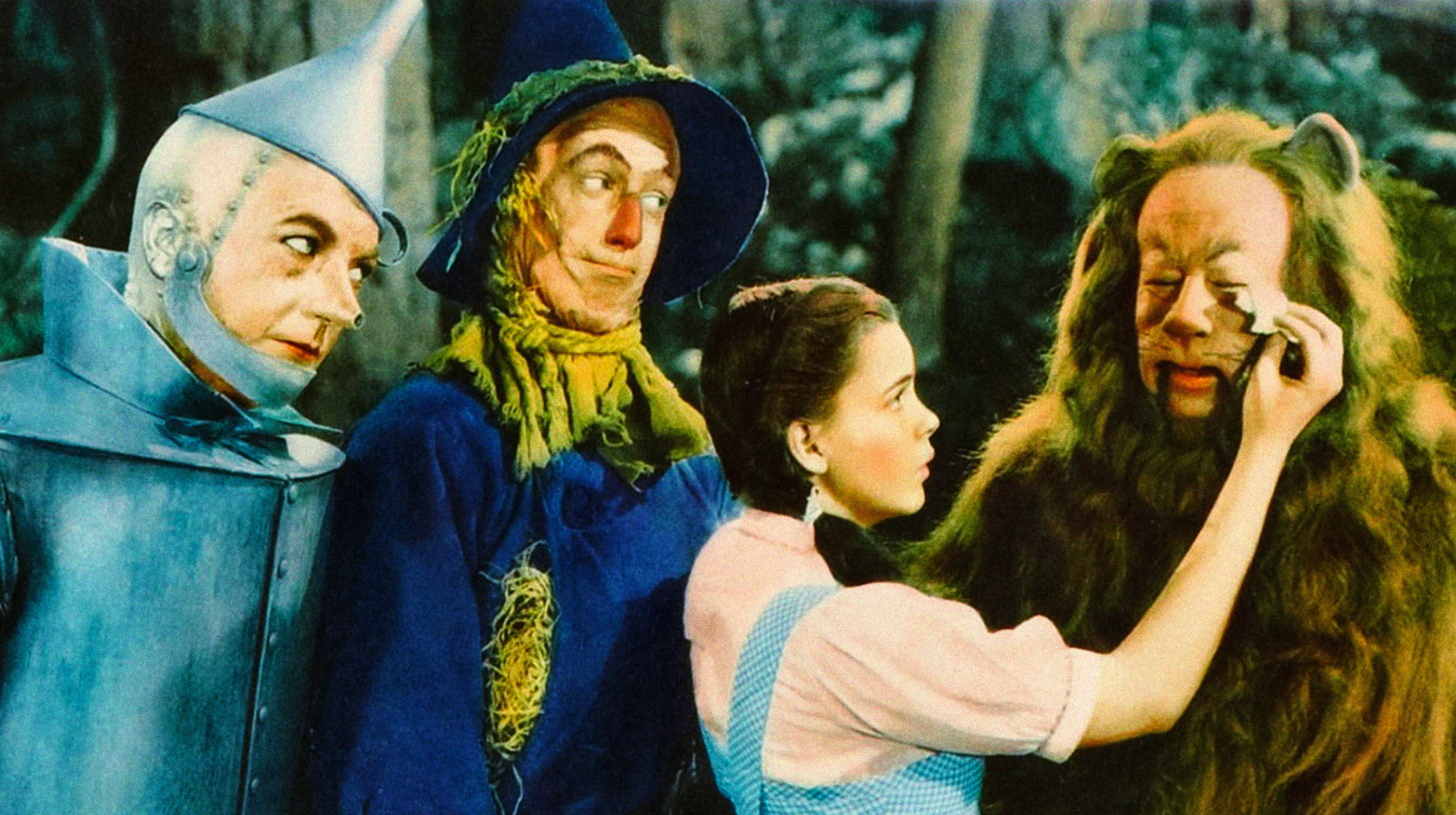What makes a piece of art worth $450 million dollars?

- The value of art is not fixed but flexible, rising and falling according to movements within the art world.
- The lower the supply and the higher the demand, the more valuable the art. Artists are in control of supply, while curators, critics, and auction houses work to increase demand.
- Some artists are financially successful because they are fashionable, others because they occupy a central place in art history.
Many philosophers, not to mention artists, believe art has some kind of intrinsic value. They argue that works of art should be considered valuable in and of themselves because of aesthetic and conceptual qualities that exist independently of the sensibility or knowledgeability of the audiences interacting with them.
It’s a neat idea. Unfortunately, art history has demonstrated time and again that the value of art — like stocks — is fluid rather than fixed, increasing and decreasing in conjunction with public sentiment. A 1913 exhibit of Henri Matisse was greeted not with applause but outrage; angry students burned copies of the French painter’s works, deeming worthless art that is worth millions today.
Clearly, the value that Matisse’s paintings possess in the present did not exist when they were first unveiled. Like the paintings themselves, their value had to be created. Creating value is a collaborative process carried out by art dealers, gallery owners, museum curators, billionaire collectors, fashionable critics, and — last but certainly not least — public opinion.
The evolution of the art market
Before we explain how art is valued in the 21st century, let’s look at how value was created in the past. For most of human history, the art market was so small and regulated that it could hardly be considered a market at all. Thanks to widespread poverty and lack of education, artists were hard to come by. On top of this, work was almost always commissioned by wealthy patrons like kings or churches.
Under this system, the value of the art — and the income of the artist — depended on the wealth of the patron; Michelangelo was one of the richest artists of his day because his main employers, the Medici family and the Roman Catholic Church, were the richest patrons of their day. The same was true for his spiritual successor, Gian Lorenzo Bernini, whose net worth plummeted when he fell out of favor with the pope.
Gone are the days when art moved directly from creator to consumer. Currently, these two parties are joined by collectors, curators, critics, galleries, museums and auction houses. Each of these actors and institutions contributes to the conversation surrounding a particular artist or artwork and, in the process, helps determine their artistic as well as monetary value.
Creating artificial value
Like any market, the art market operates according to the laws of supply and demand. The lower the supply and the higher the demand, the more valuable the art. Supply is lowered when artists create or sell a fixed number of works, creating scarcity. Demand can be increased in numerous ways, from enthusiastic reviews to controversial exhibits and noteworthy auctions.
Case in point: In 2021, a painting attributed to Leonardo da Vinci titled “Salvator Mundi” was sold for 450 million dollars. Artnet journalist Tim Schneider attributes this unprecedented sum not to the painting itself (experts aren’t even sure if it’s really a Da Vinci) but to an aggressive marketing campaign by auction house Christie’s, which posited “Salvator Mundi” as the last Leonardo still in private hands.
Writing for the same publication, the renowned critic Jerry Saltz referred to auctions as places where “new values are assigned and desire is fetishized.” The art itself takes a backseat to the bidding wars that precede its purchase. Ultrarich investors seek to publicly outperform one another by placing higher and higher bids, with the winner paying far more than the original asking price.
Following the money
Research suggests there is a positive correlation between the popularity of an artist and the amount of money people can ask for their art; in 2017, nearly half of global auction sales ($2.7 billion) was tied to just three artists: Andy Warhol, Gerhard Richter, and Jean-Michel Basquiat. This begs the question: How does an artist become popular and, by extension, in demand?
From a critical point of view, artists are appreciated if their work occupies an important place in art history. Some artists, like Warhol or Kara Walker, are recognized in their own lifetime. Others wait centuries. The Dutch painter Johannes Vermeer died broke, and his work remained neglected until it was rediscovered by the influential French critic Théophile Thoré-Bürger in 1842.
Of course, the value of an artwork can also be determined by circumstance. For example, a key reason why Polish-born painter Agnieszka Pilat became one of the best-selling artists in the United States is that her paintings (which are made with help from, or sometimes created entirely by, AI) attracted the interest of Silicon Valley’s tech overlords, who — if you think about it — are really the modern-day equivalents of kings and popes.
The next big thing
Art is constantly evolving, and yet — as Jerry Saltz writes in a different essay — its evolution always follows the same predictable pattern: A handful of artists receive attention for questioning the dominant art movements, then coalesce into a movement of their own, attract imitators, and continue working until they themselves are overthrown by the next generation of rebels.
In this manner the art world has jumped from Impressionism to post-Impressionism to Fauvism and, finally, to Abstract Expressionism. Saltz’s model also helps explain why — with the exception of timeless titans like Monet, Cézanne, Pollock and Warhol — abstract expressionists currently bring in more money than the older and less-fashionable Fauvists and post-Impressionists. Where is the art world heading soon? Guided by public discourse, collectors, museums, and auction houses are avidly investing in female artists, artists of color, queer artists, transgender artists, and disabled artists. As exemplified by Beeple selling Everydays: The First 5000 Days for $69.3 million, some NFTs are also shaping up to be a prized commodity on the art market.





